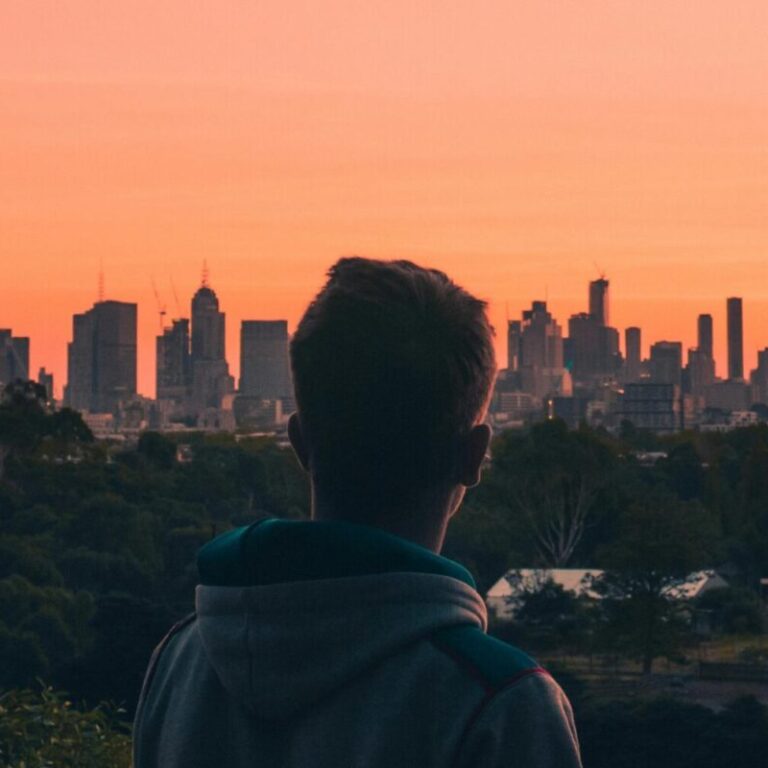The education system in the UK is probably quite different to what you are used to if you are not from there. Although like most countries you have early years, primary school, middle school, and secondary school. It’s also broken down into key stages.
- Nursery and Reception Years (3-5 years old)
- Key Stage 1: Years 1 to 2 (5-7 years old)
- Key Stage 2: Years 3 to 6 (7-11 years old)
- Key Stage 3: Years 7 to 9 (11-14 years old)
- Key Stage 4: Years 10 to 11 (14-16 years old)
Early years
It’s not compulsory for children under 5 to attend school in the UK. The UK Government provide15 hours of free childcare a week with a registered provider – this is designed to prepare preschool aged children for school life with structured learning through play. The providers follow the EYFS framework.
Primary School
The UK school year runs from September to July, with a six-week break. Primary education goes from Reception to Year 1 through to Year 6
Once a child turns four in the UK their Primary education starts (in the September following their birthday). If a child turns four between 2nd July and 31st August, they will start school in the following September.
Classes are capped at 30 students, The majority of lessons are taught by their form teacher. Teachers are overseen by a Deputy Head and a Headteacher.
Middle School
There are some areas in the UK where students will attend a ‘Middle School. This is for students between the ages of 9-13 (Year 6,7 & 8).
Secondary School
Applications for Secondary schools start happening towards the middle of Year 6 and spaces are allocated based on proximity. The majority of Secondary Schools are now Academies. Academies receive funding directly from the government and Sponsors or Trusts.
In Secondary schools, students are allocated to a form and have a form tutor or homeroom teacher. This person will take the register each day, manage initial pastoral care and oversee the day-to-day schooling within their form room. Students do move around the school for lessons, as they will be taught by subject-specialist teachers. Class sizes in secondary schools are smaller than in Primary education, with an average of 22 students. Students will take GCSE exams in their final years.
Further Education
It is compulsory for young adults to continue their education up to the age of 18. Some secondary schools are able to offer continued educational programs to young adults through Years 12 & 13. Usually, this environment is separate from the main school and has different expectations, for example, uniforms may not be required but business or smart attire may be expected for some subjects. Further Education also includes colleges and apprenticeships or other work-based training. Colleges specialise in providing A-Levels, foundation degrees, or other qualifications required to progress to University.

The Impact of Finder’s Fees on Teacher Recruitment: Are They Worth the Cost?
Recruiting and retaining top teaching talent is one of the biggest challenges facing schools today. With an ongoing teacher shortage and increasing financial pressures, many schools turn to supply agencies…
Read More
Teaching in Melbourne: Your Ultimate Guide to a Rewarding Career
Why Teach in Melbourne, Australia? Melbourne is consistently ranked as one of the world’s most liveable cities. Known for its vibrant culture, thriving arts scene, and renowned coffee culture, it…
Read More
